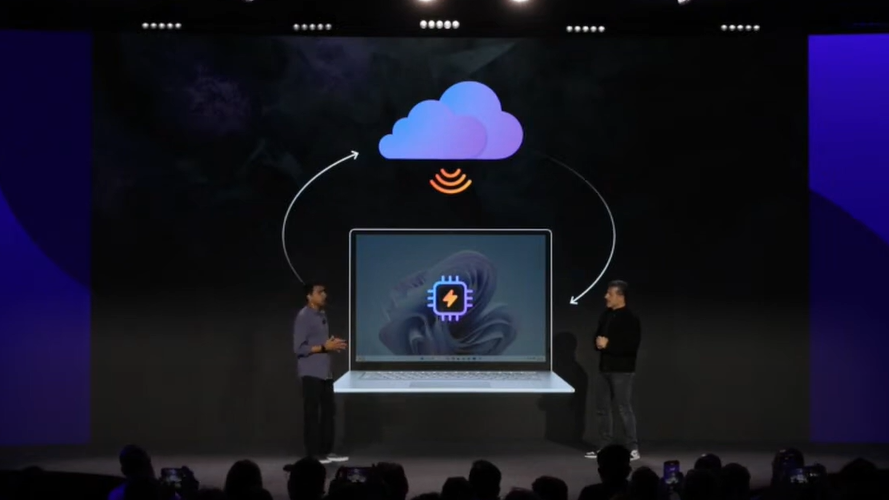What you need to know
- After a short hiatus apart, Microsoft has internally merged the Windows and Surface teams once again.
- Windows is moving back under the same team that handles hardware, after briefly being moved under Microsoft’s new AI organization last week.
- Pavan Davuluri will lead development on both Windows and Surface going forward, just like Panos Panay did before his departure last year.
Windows and Surface are back together again! After a handful of months apart, Microsoft is moving the Windows team back under the Engineering + Devices organization, lead by Rajesh Jha. Specifically, Pavan Davuluri, who up until now has been in charge of Microsoft’s hardware efforts, will now also take the lead of Windows engineering too.
When ex-Windows and Surface chief Panos Panay departed the company last September, his role was essentially split in two. Surface went to Davuluri, and Windows went to Mikhail Parakhin, who at the time was CEO of Web and Advertising at Microsoft. He lead products such as Bing, Edge, and Copilot, and Windows fell to him when Panay departed.
As per an internal memo shared by The Verge, following the news that DeepMind co-founder Mustafa Suleyman was being appointed CEO of a new Microsoft AI division at the company, which consumed Mikhail Parakhin’s entire team, Parakhin has announced he is “exploring other roles”, likely outside the company.
With this move, Windows is moving back under Rajesh Jha and will now have development lead by the same person who also leads development on Surface. This is good news for Windows fans, as it once again means synergy between Microsoft’s hardware and software efforts.
You can read the entire memo to employee’s below:
I want to share an update on the Windows and Web Experiences (WWE) team following last week’s announcement and the creation of the Microsoft AI organization.
Mikhail Parakhin has decided to explore new roles. Satya and I are grateful for Mikhail’s contributions and leadership and want to thank him for all he has done to help Microsoft lead in the new AI wave. He will report to Kevin Scott while supporting the WWE transition.
As part of this change, we are bringing together the Windows Experiences and Windows + Devices teams as a core part of the Experiences + Devices (E+D) division. This will enable us to take a holistic approach to building silicon, systems, experiences, and devices that span Windows client and cloud for this AI era. Pavan Davuluri will lead this team and continue to report to me. Shilpa Ranganathan and Jeff Johnson and their teams will report directly to Pavan. The Windows team will continue to work closely with the Microsoft AI team on AI, silicon, and experiences.
The Web Experiences team will report into Mustafa in the new Microsoft AI organization.
Jordi Ribas will lead Search, Maps, and Platforms with Andrey Proskurin, Fatima Kardar, and Nick Lee reporting to him.
Rukmini Iyer will lead Advertising with Paul Viola and Weiqing Tu reporting to her.
Mike Davidson continues to lead Design and will work with Pavan and team on how to realign Windows design.
Ali Akgun, Kya Sainsbury-Carter, Qi Zhang, and Rajesh Sundaram’s roles remain unchanged. They will join the Microsoft AI leadership team along with Jordi, Mike, and Rukmini, all reporting to Mustafa.
We are excited for this team to help Microsoft AI achieve its bold ambition to build world-class consumer AI products. And I very much look forward to closely partnering with Mustafa and the team as we bring our AI products, including Copilot, to the breadth of our E+D products and services.
Thanks,
Rajesh
In the last year, Pavan Davuluri has been at the forefront of the company’s push to get Windows on Arm to a good place. I interviewed him when the Windows Dev Kit 2023 was first announced, and most recently he was present at the Qualcomm Summit to talk about the future of Windows, and the many AI experiences that are possible thanks to Qualcomm’s incredible NPU chip.
We will likely be hearing more about these plans for Windows and AI on Arm on May 20, where the company is expected to unveil new next-gen AI features and Arm-Surface hardware.





